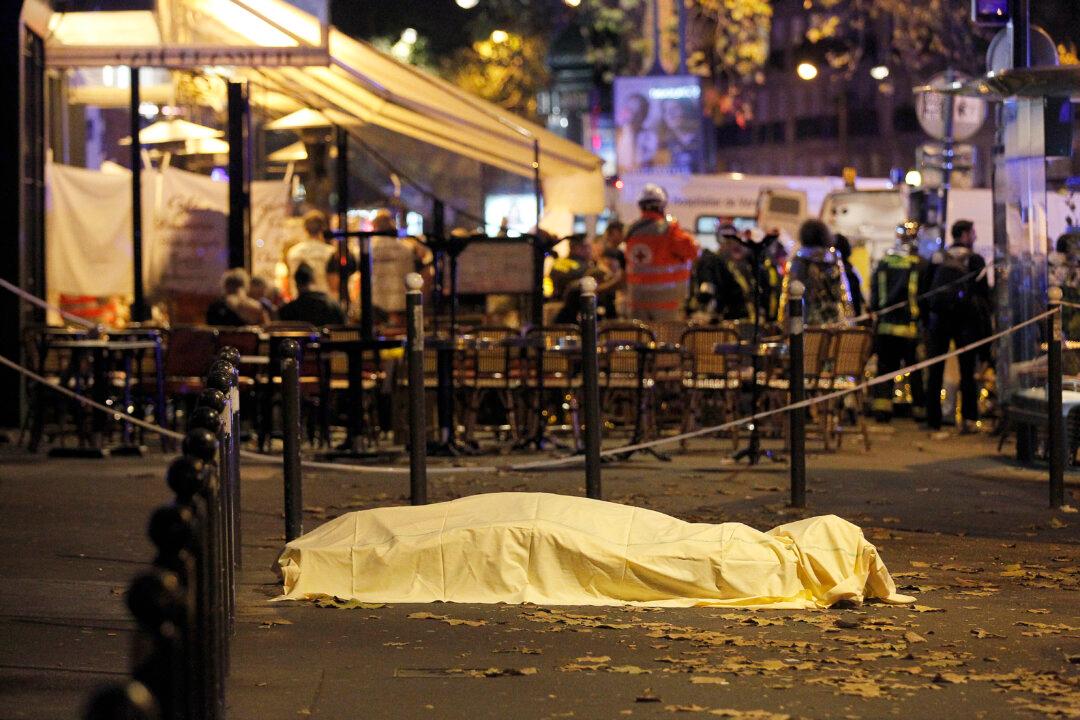Tens of thousands of foreigners reportedly attempt the journey to Syria and Iraq to join terrorist groups such as the Islamic State (ISIS). This is the crime that ex-U.S. serviceman Tairod Pugh was recently trialed and convicted for. However, his defense team argued that he had not taken any concrete actions to join the extremist group before being arrested in Istanbul. We talk to Karla Cunningham, an expert on extreme violence, to get her views on what is and isn’t terrorism.
RG: In the United States, a man was just found guilty for attempting to join ISIS. What’s your take on this case?
Cunningham: There are really three dimensions to this case. First, why would a U.S. man want to join ISIS? Second, is what this man did a crime? Third, why are there so few successful prosecutions of individuals for trying to join foreign terrorist organizations?
From my understanding, this case was ultimately about whether Mr. Pugh was a tourist when he went to Turkey or a militant on his way to the battlefield. Usually cases are tried before individuals actually join up with their intended target, which is why it’s hard to bring a prosecution, although there have been hundreds of cases in the United States alone since 9/11.
According to prosecutors, Mr. Pugh engaged in a long series of radicalization steps that moved beyond simply self-identification. Thus, I’m not surprised they sought to prosecute and I’m not surprised it was successful. This case involved more than Mr. Pugh downloading and viewing radical content. He crossed over the radicalization line to action. However, that action didn’t involve actually meeting up with ISIS on the battlefield. That’s the sticky wicket of countering radicalization and it’s a fine line.




